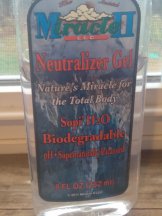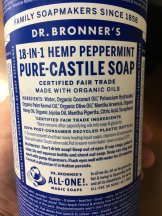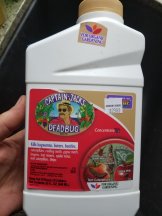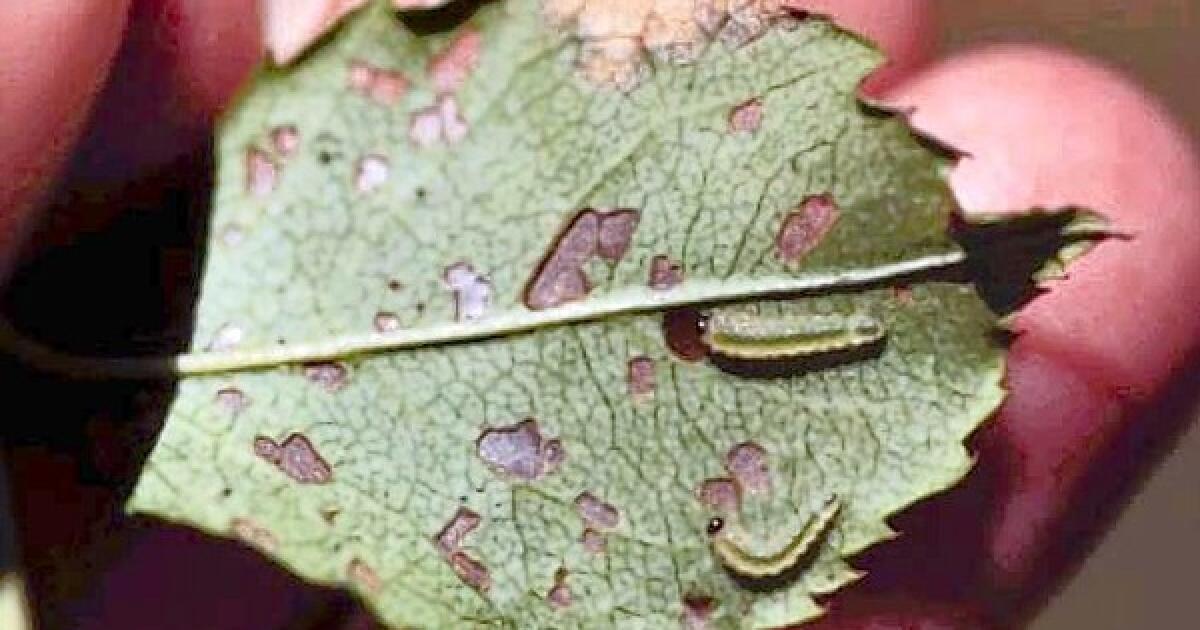This is presented by Jeremy from BuildASoil

 buildasoil.com
buildasoil.com
This video will give you a 15 minute rundown on important considerations for your Organic IPM routine. IPM stands for Integrated Pest Management and is a very important part of indoor growing.
Basic bullet points I cover in more detail in the video:
1. Don't take cuts. (Clones) When taken from another grower can bring unwanted pests and diseases.
2. Grow Environment has to be proper
3. Watering properly: https://buildasoil.com/blogs/news/how-to-water-living-soil-over-water-vs-under-water
4. Spraying routine once per week with a rotation of favorite organic products.
5. Look for good ingredients and realize this is about being consistent and clean in your garden and not a magical product.
IPM NOTES PDF
EPA 25B Exempt Approved ACTIVE Ingredients
EPA 25B Exempt pesticides Approved INERT ingredients list

How to keep a clean garden - Pest Free - Organic IPM
This video will give you a 15 minute rundown on important considerations for your Organic IPM routine. IPM stands for Integrated Pest Management and is a very important part of indoor growing. How to keep a pest free indoor grow - Organic IPM from BuildASoil on Vimeo. Basic bullet points I...
This video will give you a 15 minute rundown on important considerations for your Organic IPM routine. IPM stands for Integrated Pest Management and is a very important part of indoor growing.
Basic bullet points I cover in more detail in the video:
1. Don't take cuts. (Clones) When taken from another grower can bring unwanted pests and diseases.
2. Grow Environment has to be proper
3. Watering properly: https://buildasoil.com/blogs/news/how-to-water-living-soil-over-water-vs-under-water
4. Spraying routine once per week with a rotation of favorite organic products.
5. Look for good ingredients and realize this is about being consistent and clean in your garden and not a magical product.
IPM NOTES PDF
EPA 25B Exempt Approved ACTIVE Ingredients
EPA 25B Exempt pesticides Approved INERT ingredients list
Last edited:






